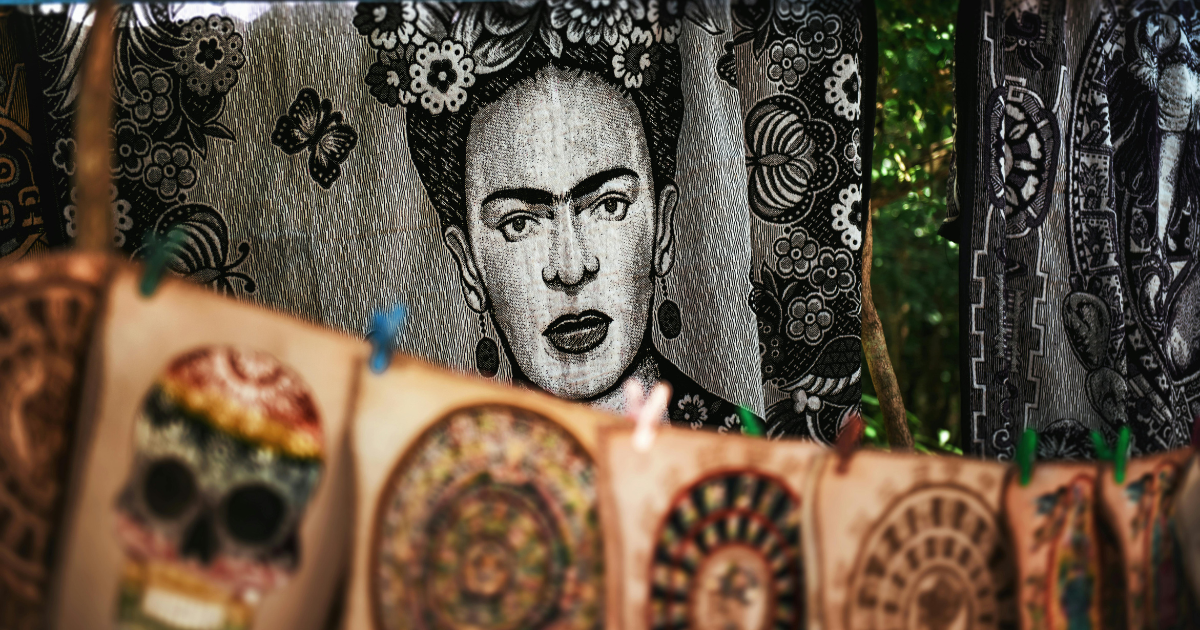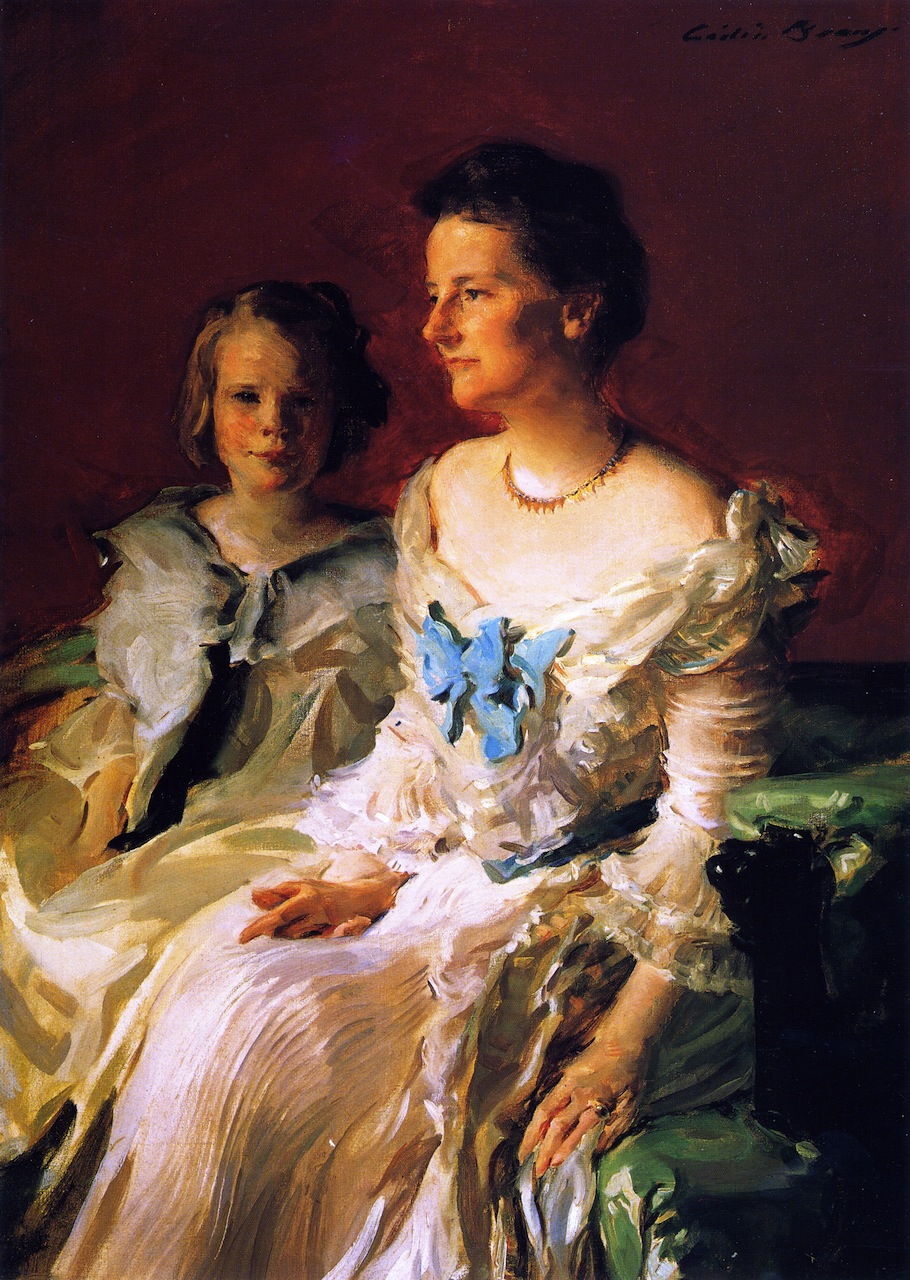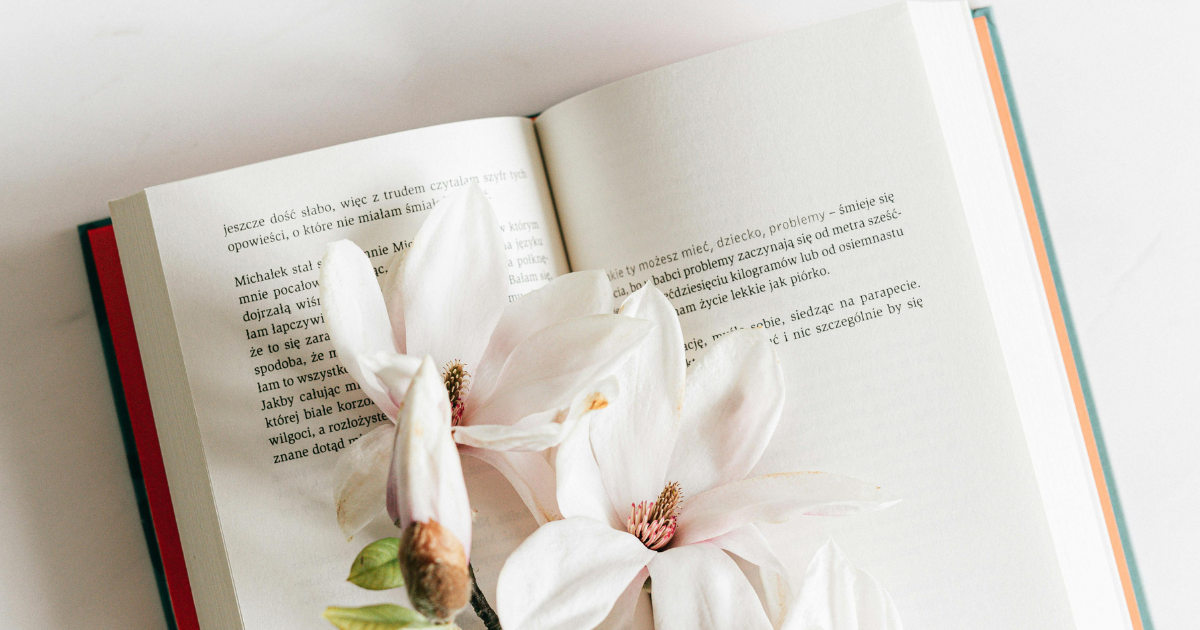Women in Art: invisible heroines of masterpieces
How female names that left a mark on art shape our cultural heritage

For centuries, art has been perceived as a privilege of the chosen ones, and, unfortunately, these chosen ones were often men. Yet, women have always played a vital role in the creative process, breaking barriers and producing works that continue to captivate today. Their names rarely grace the headlines, but their contributions to cultural heritage are undeniably significant.
Only those women for whom art became more than a hobby but a profession capable of consuming all their social and personal roles left a mark on the world’s cultural history. Art demands total dedication, and in an era when women were still fighting for equal rights, they were assigned entirely different roles in society. Despite their creative achievements, their work often remained in the shadows.
This raises the question: why do women’s names remain on the periphery when their art is just as valuable?
A path to art
To understand this phenomenon, we must return to the Renaissance era, a time when the artist ceased to be merely a craftsman and became a creator. However, this role was reserved for men. As Giorgio Vasari wrote, "Drawing is a divine gift," but it was considered a gift accessible only to men. Women were not allowed to study in art academies and were barred from anatomy and life drawing courses, as these were deemed inappropriate for women.
Even if a woman managed to enter an academy, she faced many restrictions, leaving her outside the professional artistic community. However, some women overcame these barriers and forever changed the course of art history.
Mary Cassatt: an American among the impressionists
One such woman was Mary Cassatt, one of the few female members of the French Impressionist circle. Not only did she gain recognition, but she also helped popularize the movement in America. Cassatt focused on depicting women and children in everyday scenes, masterfully capturing light and space.
Her famous painting, "Little Girl in a Blue Armchair" (1878), is one of the most iconic examples of her style. The painting portrays a young girl seated in a large blue armchair in a spacious room. The viewer’s attention is drawn not only to the girl but also to the interior details, which Cassatt uses to enhance the scene's atmosphere. The painting’s color palette—a delicate play of blue shades fills the scene with both coziness and significance. This artwork has become a symbol of the everyday lives of women and children, often overlooked in official art history.
Cecilia Beaux: loyalty to classicism
Cecilia Beaux was an American artist known for her portraits, remembered for their psychological depth and classical technique. Beaux avoided avant-garde movements like Impressionism and Cubism, choosing to remain loyal to figurative painting. Her works explore not only the appearance but also the inner world of her subjects.

Photo: Wikimedia Commons
One of Beaux’s most famous paintings is "Mrs. Theodore Roosevelt and Daughter Ethel" (1902). The portrait captures the First Lady of the United States, Edith Roosevelt, and her daughter, Ethel, during a difficult time for the family. Beaux skillfully uses light and shadow to create an intimate, emotionally charged atmosphere. The young Ethel is depicted as unfinished, symbolizing her transitional age and the uncertainty of the future. This painting became a symbol of both family values and the transitional moments in every woman’s life.
Frida Kahlo: the art of pain and self-identity
No discussion of women in art is complete without mentioning Frida Kahlo, one of the most renowned artists of the 20th century. Kahlo pioneered the portrayal of personal pain and suffering through her paintings. Her works reflect both the physical and emotional scars that haunted her after a tragic accident in her youth.
Фрида Кало (Frida Kahlo): искусство боли и самоидентификации
Не обойти вниманием и Фриду Кало — одну из самых известных художниц XX века. Она стала пионером в изображении личной боли и страданий через свои картины. Её работы отражают как физические, так и эмоциональные раны, которые преследовали её после катастрофы в юности.
One of her most famous works, "The Wounded Deer" (1946), is an allegory of her own pain and suffering. The deer, depicted with Kahlo’s face, is pierced by arrows and stands in a dark forest, symbolizing her inescapable torment. This work evokes both vulnerability and resilience. Every element of the painting, from the forest to the arrows, carries deep symbolism related to her battles with physical pain and emotional struggles. Like many of her works, this painting addresses profound human experiences, pain, and vulnerability that resonate with all of us.
Despite the challenges they faced, women in art have left an indelible mark. Their works do more than depict events, they evoke deep emotions and provoke thought. While their names may not always be known to the broader public, their contributions to the world of art are undeniable. By discovering their art, we unlock new horizons of cultural heritage and artistic expression.


